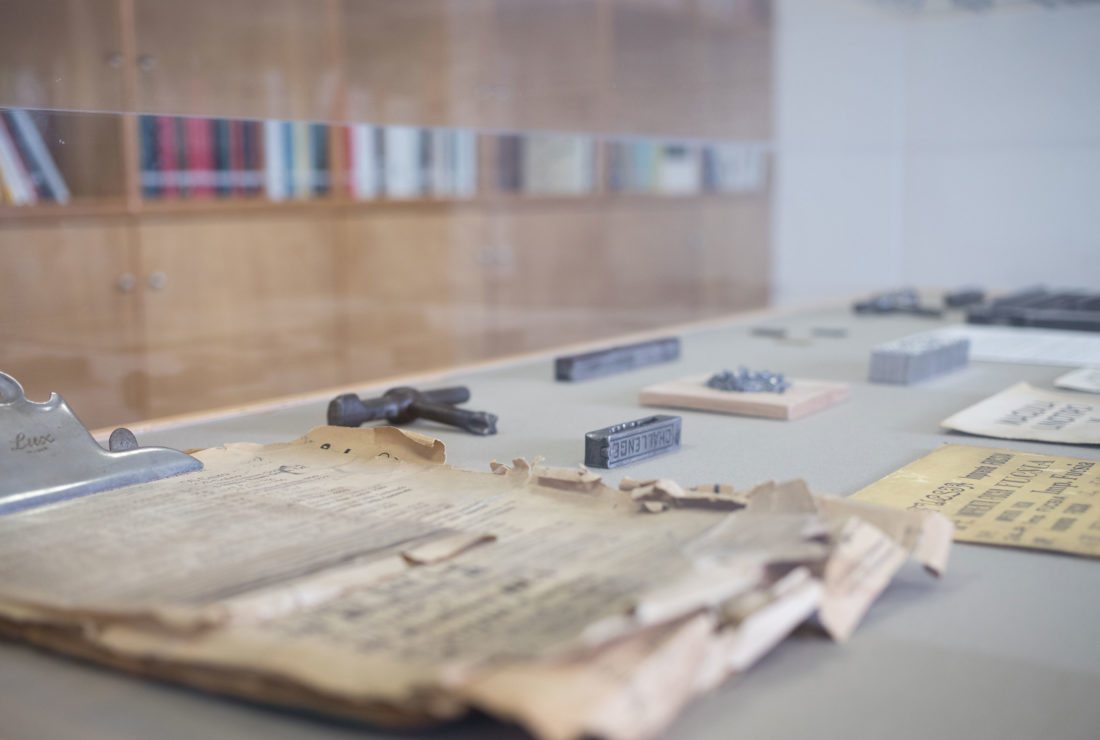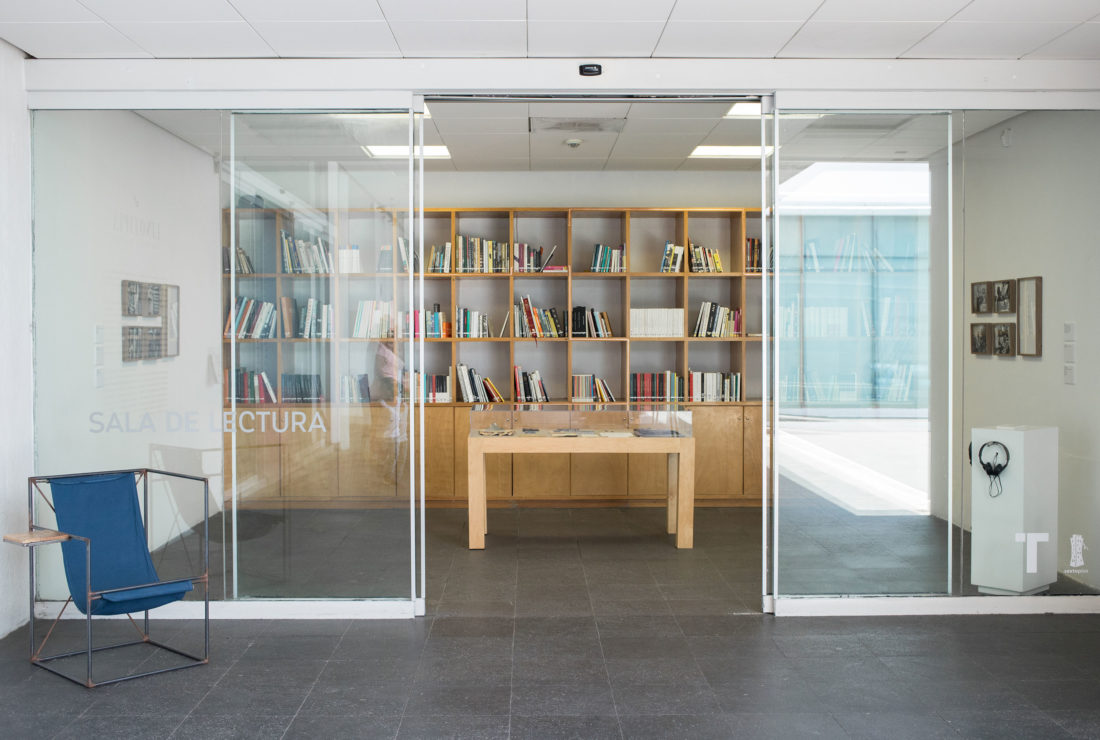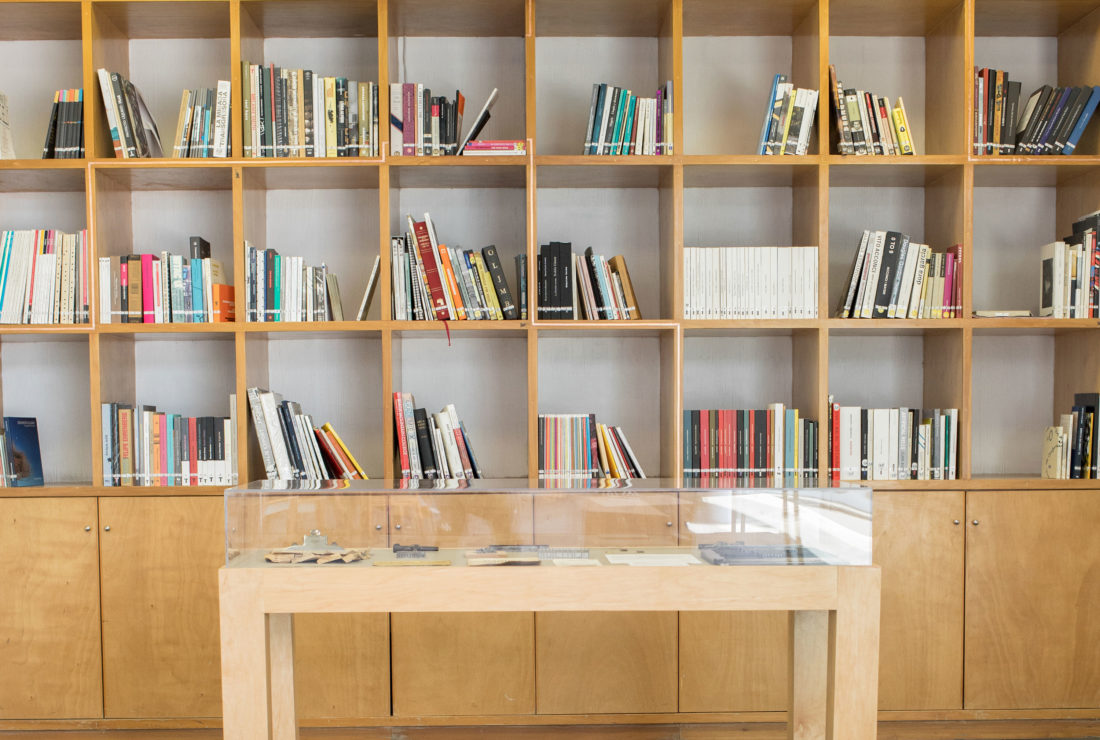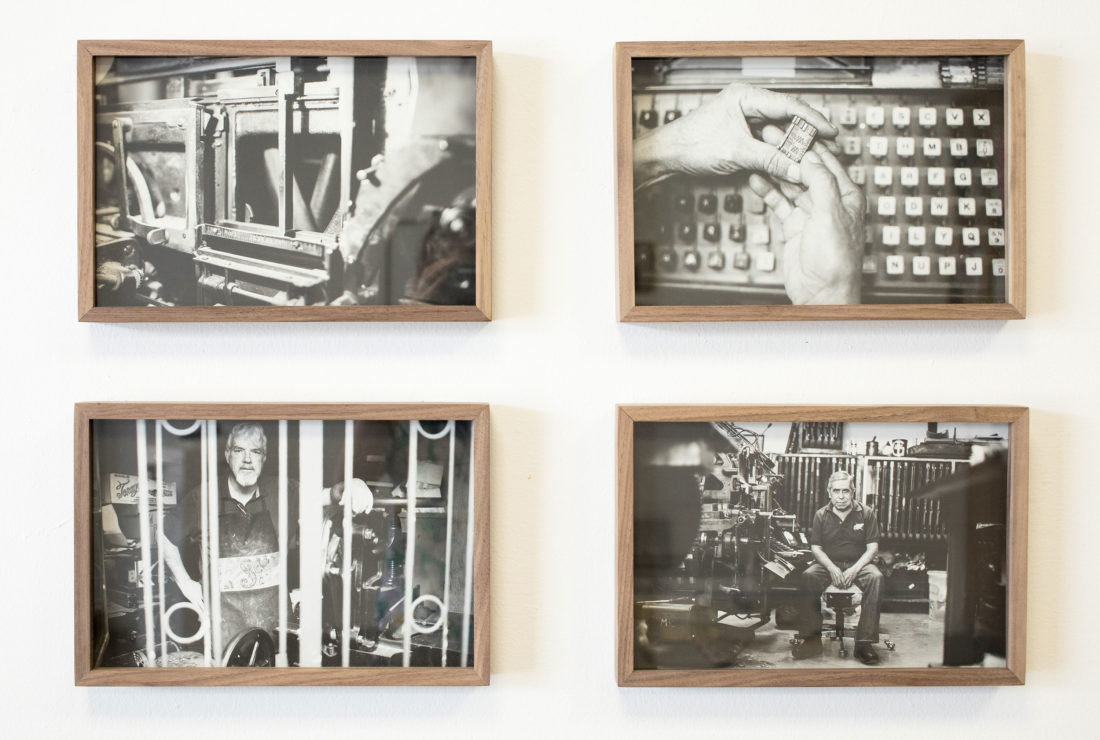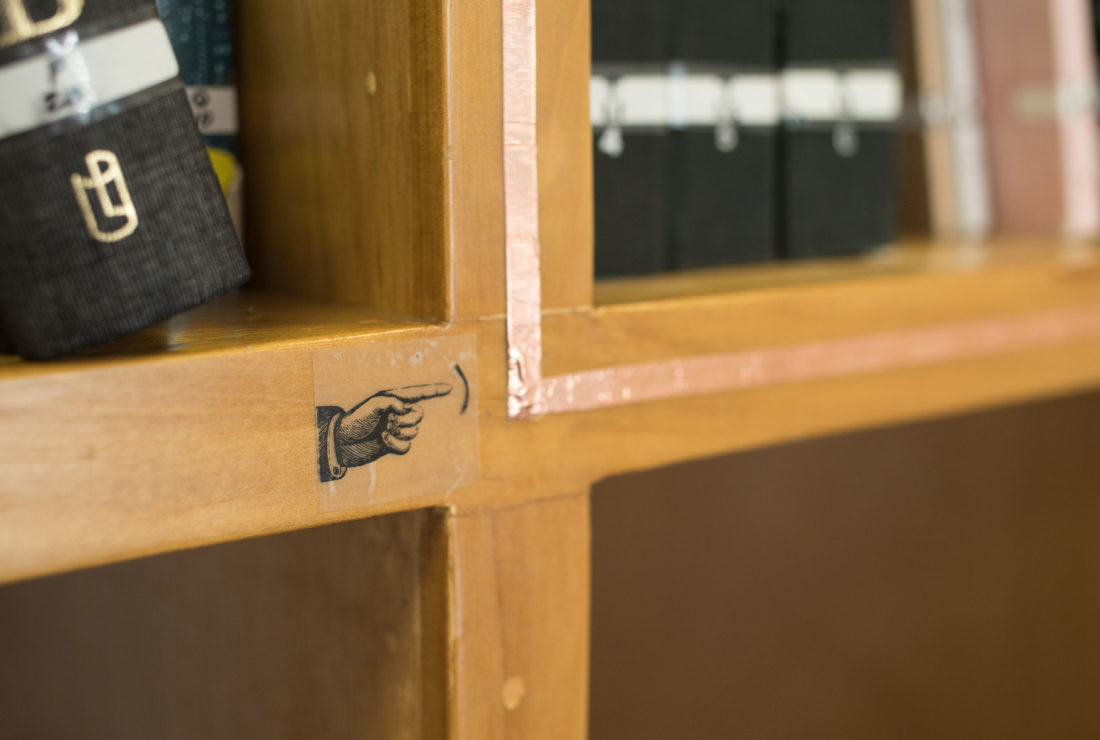Biombo: Linotype | Ana Paula Santana
From march 26th to july 14th, 2019
Linotipia (Linotype) is a research and reflection project focusing on the linotype machine and its operators. The project has two parameters: finding printing establishments in Guadalajara that still have functioning equipment of this kind, and interviewing the linotype operators.
The modern printing press based on movable type was invented in the West by Johannes Gutenberg in 1440. Movable type consists of individual specimens of letters or symbols in inverted relief, which can be combined to form words and so generate a page to be used for printing. Movable type has two disadvantages: first, it is a laborious task to set the text, letter by letter; and second, the metal of the type gradually wears down over time, limiting its usefulness.
The linotype machine eventually replaced the use of movable type in the industry, becoming the dominant method of mass printing through the first half of the twentieth century. The linotype machine operator uses a 90-character keyboard (lower case, upper case, punctuation signs, and numbers) to assemble matrices, or molds for the letter forms, which are cast as a single piece, consisting of an entire line of type. The matrices are then rearranged by means of a mechanical distribution system.
The imminent disappearance of linotype printing has been a result of technological progress and the more efficient offset printing process. Moreover, the lack of apprentices in the trade is leaving the equipment without skilled operators. It should be noted that the components of the casting material ―lead, tin, antimony, and zinc― are toxic to operators. There are only four linotype operators currently working in Guadalajara: Salvador Botello, Emilio Hernández, Francisco Lozano, and Rafael Villegas.
Based on her research, artist Ana Paula Santana published the book Linotipia, which contains some of the material she gathered: photographs, maps, and interviews with the linotype operators. Santana has also produced several sound pieces, recording and reordering the noise of the equipment when it is in operation. Some of these sound pieces are presented as part of the exhibition.



